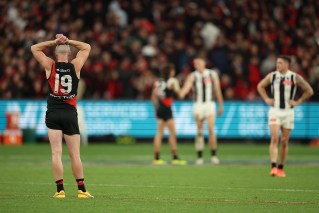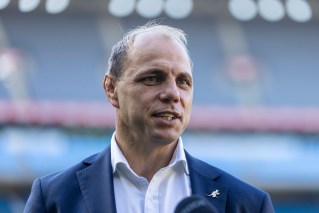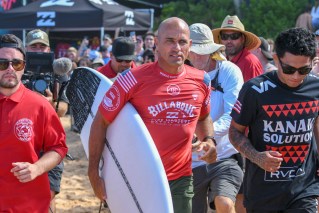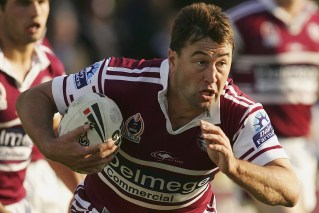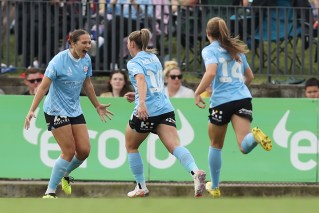When elite sports stars are tested for concussion it’s not just hit and hope

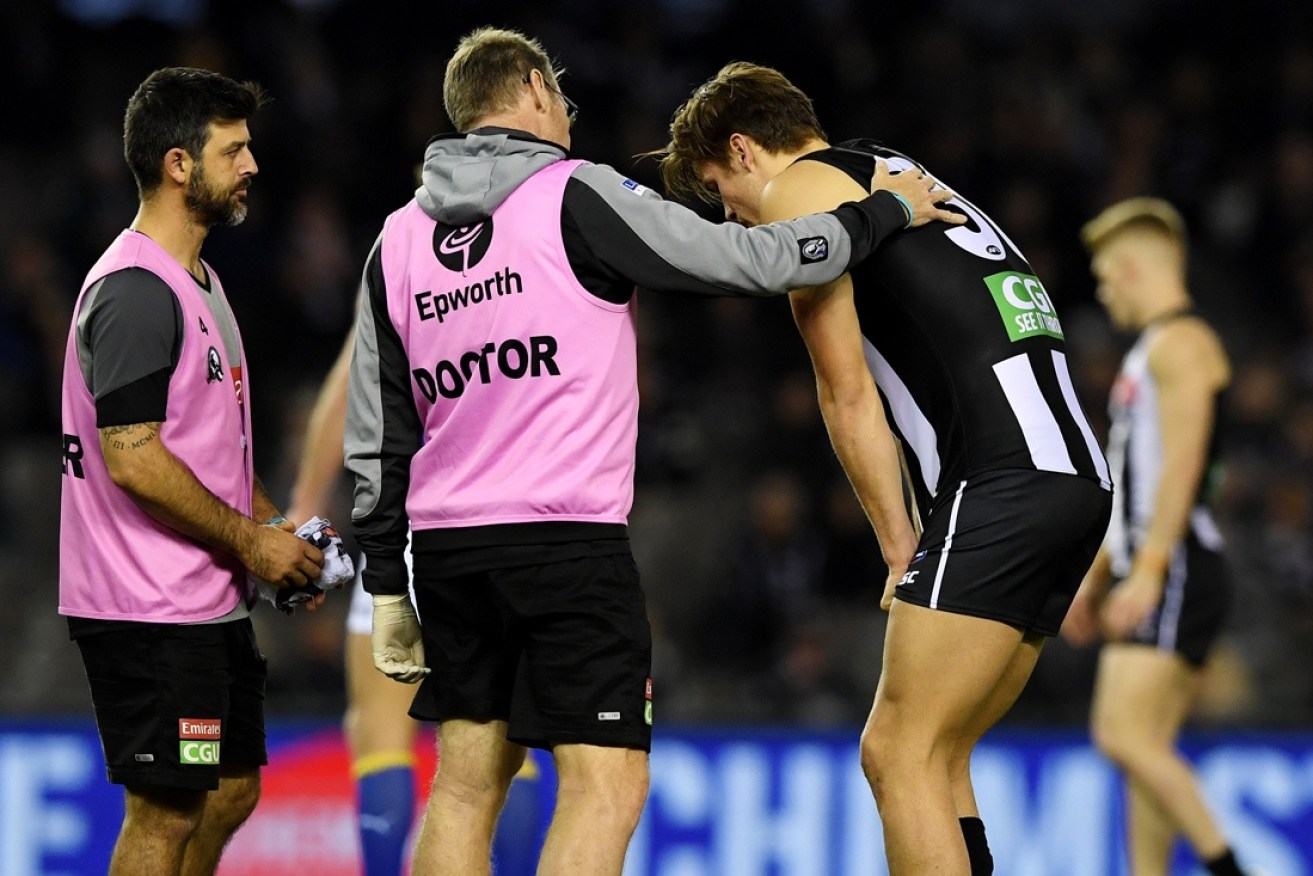
Collingwood's Darcy Moore is assessed by medical staff. Photo: AAP
Every week a player in one of the nation’s top sporting codes gets a hit to the head and disappears to the rooms for a concussion test with the team doctor. But what goes on in the inner sanctum?
A lot, it turns out, with athletes needing to do far more than state what day it is, or who they are playing, if they are to return to the field.
Both the AFL and the NRL follow the Sport Concussion Assessment Tool [SCAT], while Super Rugby and the Wallabies follow specific World Rugby guidelines, which are based on elements of the SCAT.
In all three codes, players who receive a head knock are immediately assessed to see if they are conscious, dazed and can obey commands.
Then comes five basic queries – known as the ‘Maddocks Questions’ – that can either be asked on field or on the sidelines.
“If they get a single answer wrong, they are pulled from the match immediately,” Brumbies team doctor Steve Freeman told The New Daily.
However, athletes can be concussed and still get all the answers right. Dr Freeman said it happens “far too often”, but that doesn’t mean they get to go back out on the field.
“The questions are much less of an issue than the behaviour of a player while answering,” Dr Freeman said.
“While I’m asking them, I’m closely monitoring their eyes, balance and demeanour. The questions buy me a bit of time to make a close assessment of their behaviour.”
If a player answers the questions correctly, and satisfies doctors with their behaviour, they are tested in further areas.
The SCAT then recommends players complete tests that include, but are not limited to:
• Immediate memory: Players are told five random words and asked to recite them in any order.
• Concentration: Players are told a range of numbers and asked to repeat them backwards.
• Balance: Players, in one test, are asked to walk three metres, heel to toe, along a straight line, turn 180 degrees and repeat inside 14 seconds – without stepping off the line or grabbing an object.
Then, doctors will ask athletes about their symptoms and make a clinical assessment. All this happens within 10 or 20 minutes of the knock.

Parramatta’s Frank Pritchard is dazed following a big hit. Photo: Getty
Athletes who pass are allowed to return to the field – so long as a doctor, who is usually independent, has the final say and is satisfied.
The approach of each code slightly differs from here, with Dr Freeman noting that “rugby has a much more extensive process than other codes”.
Rugby players who pass what they call HIA1 (head injury assessment one) and kept playing are required to complete HIA2 on the day of the match, and HIA3 within 48-72 hours.
HIA2 is a repeat medical evaluation, which compares player scores for questions and tests to benchmarks they set in pre-season, while HIA3 is similar and can be particularly helpful in detecting delayed symptoms of concussion.
Players are also closely monitored in the AFL and NRL following a hit to the head with a series of tests.
Leigh Adams, who retired from the AFL in 2015 after repeated concussions, said his club, North Melbourne, “couldn’t have done any more” for his welfare in the times after he was hit.
“They made sure I ticked every box when it came to returning to footy,” he said.
Adams said he was diagnosed with clinical depression as a “definite consequence” of his concussions.
“During the week, there’s obviously a lot more time for doctors to monitor you and your symptoms,” he said.
“[After a hit] I would normally have a really quiet week in terms of physical activity. I’d do a cognitive state test, where they showed playing cards coming up on a computer and you had to pick the colour of the last card you saw.
“They’d test your results and your reaction time … that sort of stuff.”


